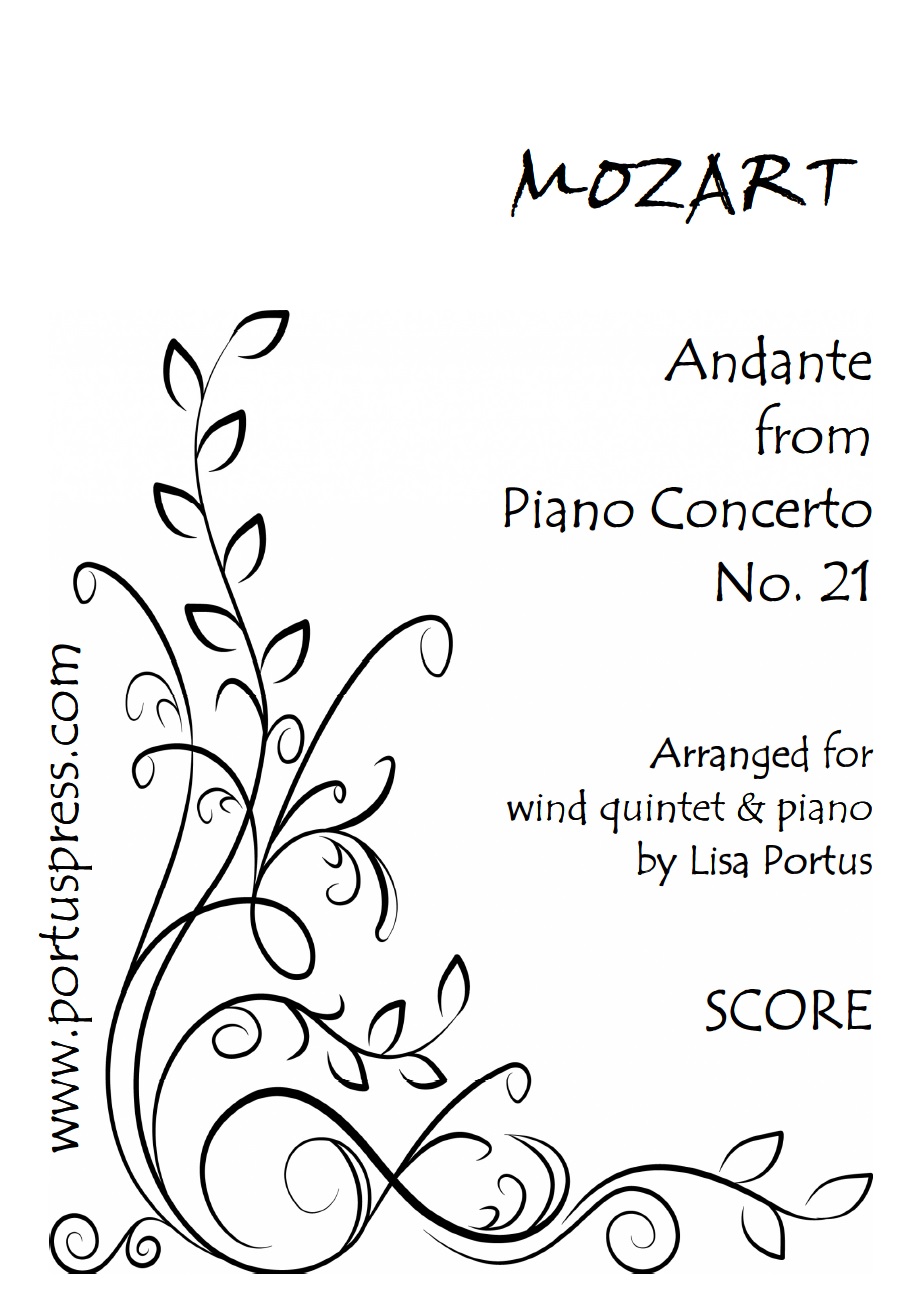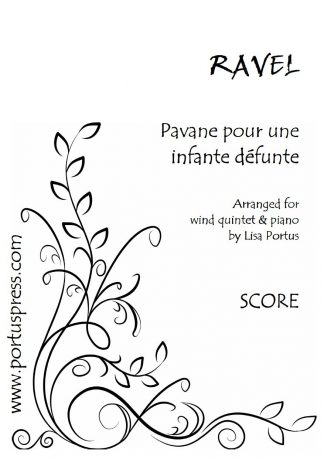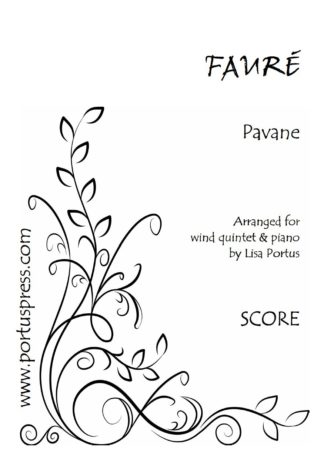Description
Mozart finished his Piano Concerto No. 21 in C major on 9 March 1785, just a month after the completion of No. 20. Living in Vienna, he was enjoying a particularly successful period and was much in demand as a performer, composer and teacher. Such was his musical stature at the time that Haydn had declared that he thought Mozart to be “the greatest composer I know, either personally or by name.”
The concerto received rapturous applause at its première and many in the audience were reportedly moved to tears by the second movement of the concerto – the Andante – which is, surely, one of Mozart’s most sensually beautiful creations. The movement’s discordant suspensions and unexpected harmonic modulations must have sounded incredibly futuristic to 18th century ears. Indeed, on examining the manuscript even Mozart’s father, Leopold (himself a composer), questioned some of the harmonies, assuming that many of the flats and sharps were in error. But it is the rich harmonic palette that gives the transcendent melodies and the gently throbbing triplet accompaniment the movement’s dreamlike quality. The Andante was used to great emotional effect in the 1967 Swedish film Elvira Madigan and has remained extremely popular ever since.
In this arrangement some of the piano melodies have been carefully ‘redistributed’, to create a satisfying and balanced sextet.






